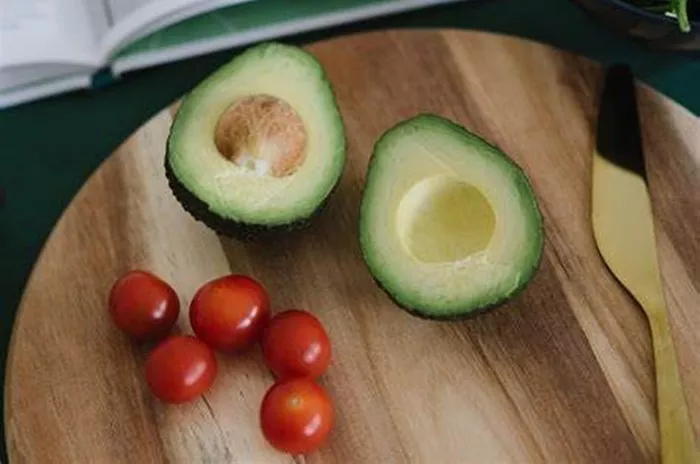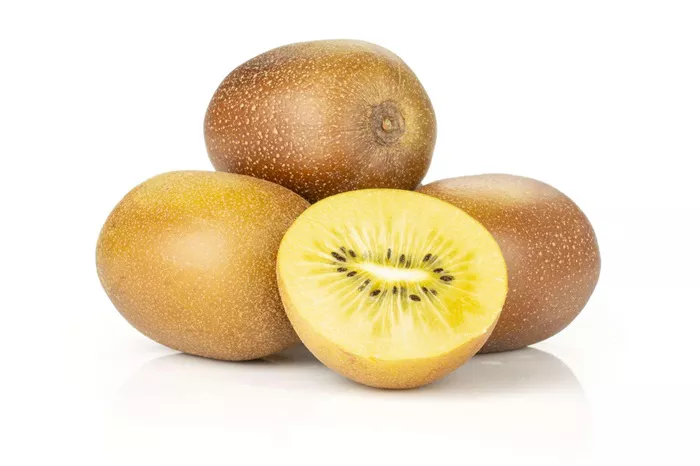In recent years, plant-based diets have become increasingly popular, whether due to health reasons, ethical considerations, or environmental concerns. Among the many benefits of plant-based eating is the ability to get high-quality protein from a variety of plant sources. Protein is an essential nutrient required for muscle growth, tissue repair, immune function, and more. While animal products like meat, eggs, and dairy are well-known protein sources, there are also many plant-based alternatives that offer similar, if not better, health benefits.
For individuals following a vegan or vegetarian diet, or simply those looking to reduce their intake of animal products, understanding the best plant-based protein sources is important. But with so many options available, it can be overwhelming to know where to start.
This article will explore the 8 best plant-based protein sources, their nutritional benefits, and how you can incorporate them into your daily diet. Whether you’re aiming to build muscle, lose weight, or just improve your overall health, plant-based proteins can provide the necessary nutrients your body needs.
Why Choose Plant-Based Proteins?
Before diving into the best plant-based protein sources, let’s briefly explore why someone might opt for plant-based proteins over animal-based ones.
1. Health Benefits
Plant-based proteins often come with additional health benefits, such as higher fiber content, lower levels of unhealthy fats, and a greater variety of vitamins and minerals. Many plant proteins are also packed with antioxidants, which help fight inflammation and support overall health.
Lower Saturated Fat: Unlike animal proteins, which are often high in saturated fats, many plant-based proteins are low in fat, making them heart-healthier choices.
High Fiber Content: Plant-based proteins are usually rich in dietary fiber, which supports digestive health and helps with weight management.
Nutrient-Rich: Many plant-based proteins are loaded with essential vitamins and minerals, such as potassium, magnesium, and iron.
2. Environmental Impact
A plant-based diet has a lower environmental footprint compared to one that relies on animal products. Producing plant protein requires fewer natural resources like water, land, and energy. Reducing animal agriculture also contributes to decreased greenhouse gas emissions and deforestation, making plant-based proteins an environmentally friendly choice.
3. Ethical Considerations
For many people, ethical reasons motivate the switch to plant-based proteins. By choosing plant-based foods, individuals reduce the demand for animal agriculture, which is often associated with animal cruelty and exploitation.
What Makes a Protein Source Good?
When looking at the best plant-based protein sources, it’s important to understand what makes a protein “good.” Protein quality is determined by several factors:
Amino Acid Profile: Protein is made up of amino acids, nine of which are considered “essential” because the body cannot produce them on its own. A complete protein source contains all nine essential amino acids.
Digestibility: The body must be able to digest and absorb the protein effectively. Some plant proteins are less bioavailable than animal proteins, but many can be combined to provide a complete amino acid profile.
Protein Density: The amount of protein per serving or calorie is important for people who want to maximize protein intake without consuming too many calories.
Best Plant-Based Protein Sources
1. Lentils
Lentils are one of the most affordable and versatile plant-based protein sources. They are rich in protein, fiber, and several important nutrients like iron and folate.
Why Lentils Are Great:
Protein Content: One cup of cooked lentils contains about 18 grams of protein.
High in Fiber: Lentils are also packed with fiber, with around 15 grams per cooked cup, which helps with digestion and keeps you feeling full.
Rich in Nutrients: Lentils provide essential nutrients like iron, folate, and magnesium, which are important for overall health.
How to Use Lentils: Lentils are extremely versatile and can be used in soups, stews, salads, or even made into lentil burgers or meatballs.
2. Chickpeas (Garbanzo Beans)
Chickpeas are another excellent plant-based protein source. These legumes are widely used in Mediterranean and Middle Eastern cuisines and are the base for dishes like hummus and falafel.
Why Chickpeas Are Great:
Protein Content: One cup of cooked chickpeas contains about 15 grams of protein.
Packed with Fiber: Chickpeas are high in both protein and fiber, which support digestive health and help manage weight.
Rich in Minerals: Chickpeas are also a great source of manganese, folate, and iron, which are important for bone and immune health.
How to Use Chickpeas: Chickpeas can be roasted as a crunchy snack, blended into hummus, or added to salads, soups, or curries.
3. Quinoa
Quinoa is a unique plant-based protein because it is considered a complete protein, meaning it contains all nine essential amino acids. This makes quinoa an especially valuable addition to a plant-based diet.
Why Quinoa Is Great:
Protein Content: One cup of cooked quinoa contains about 8 grams of protein.
Complete Protein: Quinoa is one of the few plant-based sources of complete protein, making it ideal for those looking to ensure they get all essential amino acids.
Gluten-Free: Quinoa is naturally gluten-free, making it a good option for individuals with gluten sensitivities or celiac disease.
How to Use Quinoa: Quinoa can be used as a base for salads, bowls, or as a side dish. It’s also a great addition to baked goods or breakfast porridge.
4. Tofu
Tofu, made from soybeans, is one of the most widely used plant-based protein sources. It’s a complete protein and is highly versatile in cooking.
Why Tofu Is Great:
Protein Content: A 3.5-ounce (100-gram) serving of tofu contains about 8 grams of protein.
Low in Calories: Tofu is low in calories, making it ideal for weight management while still providing adequate protein.
Rich in Iron: Tofu is a good source of iron, which is especially important for people who do not eat animal products.
How to Use Tofu: Tofu can be sautéed, grilled, stir-fried, or blended into smoothies or soups. It’s available in different textures (silken, firm, extra-firm), making it suitable for both savory and sweet dishes.
5. Tempeh
Tempeh is another soy-based product but differs from tofu in that it is fermented. This fermentation process makes tempeh highly nutritious and easier to digest.
Why Tempeh Is Great:
Protein Content: One 4-ounce (113-gram) serving of tempeh contains about 21 grams of protein.
High in Probiotics: The fermentation process not only enhances protein absorption but also makes tempeh a good source of probiotics, which are beneficial for gut health.
Rich in Fiber: Tempeh contains about 8 grams of fiber per serving, which aids digestion and helps regulate blood sugar levels.
How to Use Tempeh: Tempeh can be sliced and added to salads, stir-fries, or sandwiches. It can also be grilled or crumbled into taco fillings or veggie burgers.
6. Hemp Seeds
Hemp seeds are tiny powerhouses packed with protein, healthy fats, and essential amino acids.
Why Hemp Seeds Are Great:
Protein Content: Three tablespoons of hemp seeds contain around 10 grams of protein.
Rich in Omega-3 Fatty Acids: Hemp seeds are one of the best plant-based sources of omega-3 fatty acids, which are beneficial for heart health and inflammation.
Complete Protein: Like quinoa, hemp seeds contain all nine essential amino acids.
How to Use Hemp Seeds: Hemp seeds can be sprinkled on top of salads, added to smoothies, or used in baked goods. They also make an excellent addition to homemade granola.
7. Peas
Pea protein has gained popularity in recent years, especially as an ingredient in plant-based protein powders. Peas, however, are also an excellent whole food protein source.
Why Peas Are Great:
Protein Content: One cup of cooked peas contains about 8 grams of protein.
Rich in Nutrients: Peas are high in vitamins A, C, and K, as well as folate, which support immune function and overall health.
Digestibility: Pea protein is relatively easy to digest, making it a great option for those who may have sensitivities to other plant proteins.
How to Use Peas: Peas can be added to soups, salads, or pasta dishes. They also make a great addition to vegetable-based stews and casseroles.
8. Chia Seeds
Chia seeds are tiny, nutrient-dense seeds that are packed with protein, fiber, and healthy fats.
Why Chia Seeds Are Great:
Protein Content: Two tablespoons of chia seeds contain about 4 grams of protein.
High in Omega-3s: Chia seeds are a great source of alpha-linolenic acid (ALA), a plant-based omega-3 fatty acid.
Rich in Fiber: Chia seeds contain 10
grams of fiber per ounce, which aids digestion and helps maintain steady blood sugar levels.
How to Use Chia Seeds: Chia seeds can be added to smoothies, yogurt, or overnight oats. They can also be sprinkled over salads or baked into muffins and breads.
Conclusion
There are many excellent plant-based protein sources available, each offering a unique set of benefits. Whether you’re trying to build muscle, lose weight, or simply eat more plant-based foods, incorporating a variety of these protein sources into your diet can help you meet your nutritional needs.
By focusing on nutrient-dense plant proteins like lentils, chickpeas, quinoa, tofu, tempeh, hemp seeds, and others, you can enjoy a diverse, delicious, and balanced diet while reaping the health benefits of plant-based nutrition.
Choosing plant-based proteins not only benefits your health but also supports ethical and environmental sustainability. By making smart, informed choices, you can easily fuel your body with the protein it needs without compromising your values or health.
Related Topics






























